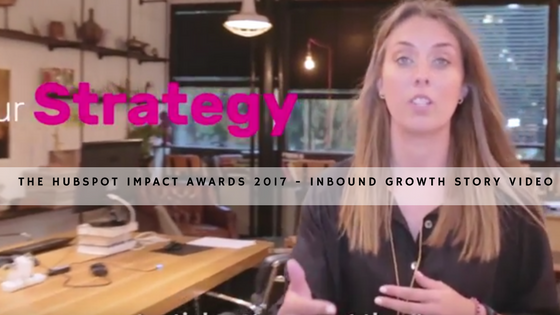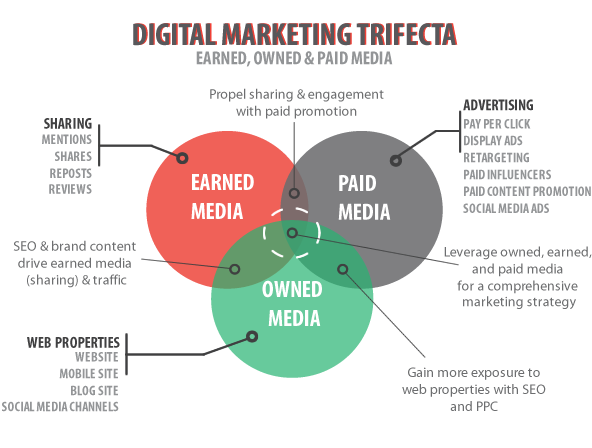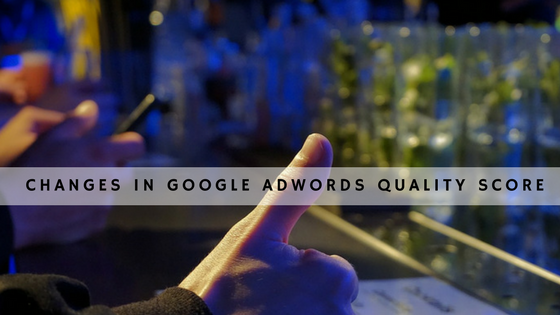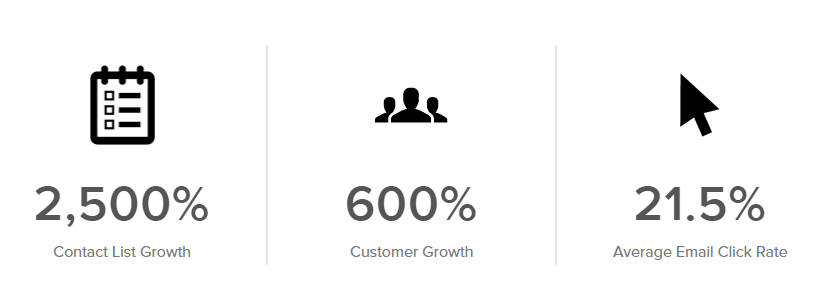John Doe
Architect & Engineer
We love that guy

Introduction – Attract the Right Leads to your MarTech/ AdTech Business
In our world’s revolution of becoming more hi-tech and automated by the day, you’re on the front lines of the movement. Your work is brilliant and innovative, turning some of the more (dare I say it) mundane parts of marketing and ad networking into something of the past. Your software or tool is going to make a lot of companies and individuals very very happy.
With a dramatic increase from 150 to 5000 MarTech companies from 2011 to 2017 though, it’s more important than ever to be ahead of the curve when it comes to prospecting and converting leads to your Mar-and-Ad-Tech tech company.
The trouble is, with so many MarTech and AdTech companies on the market, it can be hard to drive the right kind of traffic. You may find that you’re attracting leads that are irrelevant. Maybe the right leads are coming to your website, but since they’re not ready to buy, are leaving your site without a trace.
The truth is, you’re not alone. This is a common challenge for B2B companies, but particularly for your vertical. With so many fish in the MarTech/ AdTech sea for prospects to choose from, the first step to lead generation success is understanding the buyer’s journey.
The MarTech/AdTech Buyer’s Journey
If I were to make a #1 rule about inbound marketing, it would be to respect the buyer’s journey. Simply put, this refers to the steps prospects take from being aware that they have a challenge, consider their options, and decide which of the available choices is the best solution for them.

Consider this: Research indicates that 57% of the purchase decision is complete before a prospect even contacts a supplier. Your prospects are doing research online well before you hear from them. Bottom line: you’re going to want to get in front of your prospects at earlier stages of their research.

Use this model to understand how it works in your vertical. As much as you might want instant leads who turn into on-the-spot customers, your true prospects will go through a buyer’s journey before deciding you’re the right solution. This might include:
- Searching the web for solutions, only to stumble upon (code for: SEO) your company blog and in turn gaining value from it. From here they begin to understand that their challenge could be solved by MarTech/AdTech.
- Considering different marketing software solutions in order to solve their challenge.
- Choosing you after feeling confident that you’re the pros that fulfill all their needs.
But why should they choose you? What makes you a pro?
If you respect that process and position yourself as an advisor along the way, there’s good chance they’ll turn to you when the timing is right. But more on how to become that advisor soon.
According to Ascend2, only 9% of marketers feel like they have all the tools they need and are using those tools to their fullest potential. On the flip side, 34% of marketers don’t feel they have the right tools to meet their needs and aren’t even utilizing the software they current have.
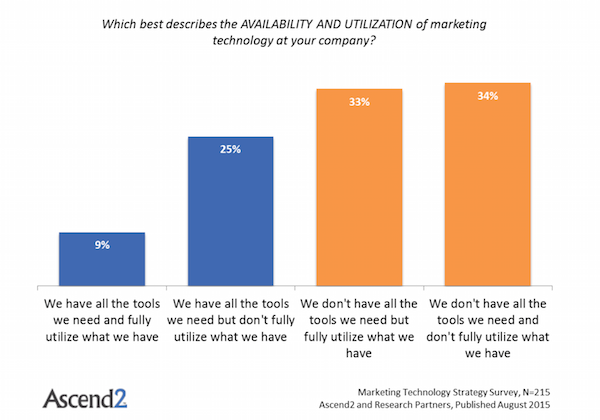
So what’s the hold up?
In a research study of over 300 marketers, participants gave their top three reasons for being hesitant about taking on or add more tool to their MarTech strategy. The majority cited budget as their biggest obstacle, followed by being skeptical about the challenges they’ll face during implementation, and resistance to change within the company.

(Courtesy of HubSpot)
Let’s tackle those three challenges and see how they can be considered while designing the content and strategy for your buyer’s journey. To do this, let’s turn this list on its head and talk about these items in the opposite order.
Resistance to change
Even though the times are a-changin’, marketing teams can be nervous to adapt their tech to the times. Many marketers feel their marketing software is outdated, but taking the plunge (both in terms of time to learn something new and the cost) to taking on a new MarTech or AdTech tool can feel daunting.
What can you do about it?
Figure out what your ideal buyer’s challenges are and then develop awareness content that rallies around education and support. That way when your prospects research online for solutions to their daily challenges they’ll find your content. Remember to always keep your content light and helpful. By doing so, you’ll be able to show your prospects that you’re not just there to sell and disappear, Show a willingness to work together with them to understand their marketing challenges and how they can best use your tech to cater to their needs. If prospect knows you’ll be a partner in this change, there’s a good chance they’ll follow you to the finish line.
Challenges of implementation
When using any form of tech, there always seems to be this feeling of, “I want to do X, and I feel like this tech should allow me to do it, but I can’t seem to figure out which buttons I should click on to navigate me to the action I want to do”.
What can you do about it?
Insert content that will help them consider your solution. At this point in the buyer’s journey they know who you are, but are still trying to figure out just how good your tech is and how much it aligns with their marketing challenges. Again, helping, client-centered content is going to be key. Webinars and engaging walk-through videos can help show prospects just how simple and user-friendly your technology is. When they’re ready to make a decision, offer them a demo. Going the extra mile to show them how your tool can transform the way they organize and execute their marketing effort is your way of saying that your software caters to their individual needs.
The B word (Budget)
Saving the best for last, right? If talking about money makes you squeamish, you’re not alone. In the past year, marketing teams are spending over 60% of their budget on MarTech and advertising (e.g. paid search). That being said, the pressure to look for marketing/ advertising assistance is very real, and very costly.
What can you do about it?
Meghan Keaney, the VP Marketing of HubSpot, wrote an article discussing how to talk about pricing without scaring people off. If budget is people’s largest reservation when it comes to committing to a new MarTech or AdTech software, err on the side of caution not to send them running.
Here are 3 of the biggest take-aways I had from the article that I think speak to the MarTech/AdTech field:
- Have a pricing page. For those who come to your website and right away see that your product isn’t in their price range, they’ll close the tab and move on something else. Guess what – that’s not a bad thing! This can help create a self selected group of leads who continue down your buyer’s journey. Better that than to spend time nurturing poor leads down your sales funnel, only to find out later that you’re not in their price range.
- The clearer your pricing the better. If you offer various pricing packages, make that known to your website visitors. While you may (and should) have a ideal buyer profile, different companies have different needs. Use keywords to speak to the features and solutions your prospects are looking for. This can drive leads straight to your website from search engines, making you zero to hero just like that!
- Pat prospects on the back. Whether it’s on your website or in a meeting, bring the human factor into the conversation. No matter how much research they’ve done, your technology is an investments. Give them an encouraging, “you’re on the right track” or “smart move” to show them that your MarTech/AdTech solution’s payoff is coming soon.
Conclusion
When it comes to being on the marketing team of a MarTech/AdTech company, there can be an internal and/or external assumption that you of all companies should be the jack of all marketing trades. Whether this is true for you or not, keep educating, helping, and cheering on your prospects as you support and lead them into their bright and techy marketing future.
If you found this useful, and you’re curious to learn more and find out how to create a long lasting inbound marketing strategy, we invite you to download our How-To guide for creating an Inbound Marketing strategy below!





